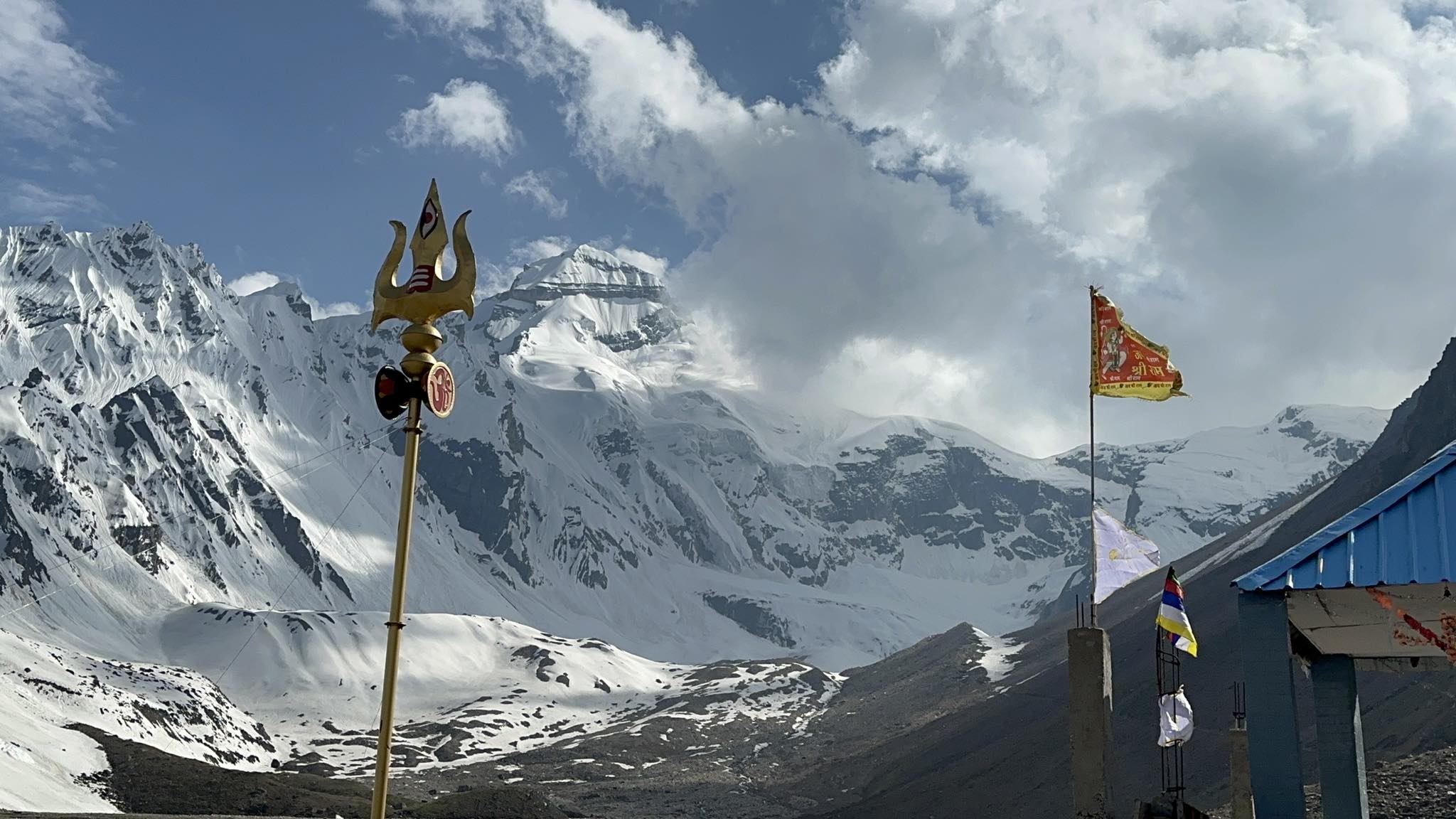Explained: Why Nepal Disputes India’s Claim Over Lipulekh Pass as New Delhi and Beijing Resume Border Trade
India has dismissed Nepal’s renewed claims over the Lipulekh Pass, reiterating that the Himalayan trade route lies within Indian territory and stressing that it remains open to dialogue with Kathmandu on agreed boundary issues.
The Ministry of External Affairs (MEA) said on Wednesday that Nepal’s assertions were “neither justified nor based on historical facts and evidence.”
 |
| Image Source: Exploring Unseen on X |
“Border trade between India and China through Lipulekh Pass commenced in 1954 and has been going on for decades.
This trade had been disrupted in recent years due to Covid and other developments, and both sides have now agreed to resume it,” MEA spokesperson Randhir Jaiswal told reporters.
“As regards territorial claims, our position remains that such claims are neither justified nor based on historical facts and evidence.
Any unilateral artificial enlargement of territorial claims is untenable. India remains open to constructive interaction with Nepal on resolving agreed outstanding boundary issues through dialogue and diplomacy,” Jaiswal added.
Border Trade and Strategic Calculations
The joint communique issued after Wang Yi’s meetings with Prime Minister Narendra Modi, National Security Adviser Ajit Doval, and External Affairs Minister S. Jaishankar announced the reopening of three historic passes -- Lipulekh in Uttarakhand, Shipki La in Himachal Pradesh, and Nathu La in Sikkim -- for border trade between India and China.
For New Delhi and Beijing, the move signals an attempt to stabilise ties after years of strain following the 2020 Galwan Valley clashes.
For Kathmandu, however, it has reignited a long-standing territorial dispute.
Our response to media queries regarding comments made by Nepal on border issue⬇️
— Randhir Jaiswal (@MEAIndia) August 20, 2025
🔗 https://t.co/0I3Es5UUfP pic.twitter.com/nxqFJtudGH
Nepal claims the Lipulekh Pass, along with Kalapani and Limpiyadhura, as part of its sovereign territory.
These areas sit at the tri-junction of India, Nepal, and China, and their status has been confusing to some extent for several decades.
Tensions spiked in November 2019 when India published a new political map following the bifurcation of Jammu and Kashmir, incorporating Kalapani and Lipulekh within Indian boundaries.
Kathmandu responded in May 2020 by releasing its own revised map, formally including all three areas within Nepalese territory.
The move was backed by Nepal’s parliament but was rejected outright by India.
Kathmandu’s Objections
Nepal’s Ministry of Foreign Affairs this week said the reopening of Lipulekh for India-China trade “ignores historical facts” and undermines Nepal’s sovereignty.
Official argued that Kathmandu had not been consulted before New Delhi and Beijing reached the agreement.
The Lipulekh Pass, located at 17,000 feet, has historically been a trade and pilgrimage route, including access to the revered Kailash Mansarovar Yatra.
For Nepal, however, it represents a test of sovereignty and territorial recognition in its dealings with larger neighbours.
India’s Position
New Delhi has consistently rejected Kathmandu’s cartographic assertion, arguing that Nepal’s claims are a recent political construct not rooted in historical treaties or administrative records.
Indian officials stress that while dialogue on certain unresolved boundaries is possible, Nepal’s unilateral expansion of claims is “untenable.”
At the same time, the MEA’s latest statement underscored that India remains open to “constructive interaction” -- signalling that while New Delhi is unwilling to concede ground, it wants to prevent the dispute from spilling into broader regional diplomacy.
The China Factor
China’s role further complicates the equation. Beijing has traditionally kept its distance from the Lipulekh dispute, which primarily concerns India and Nepal.
However, the decision to resume trade through the pass -- agreed jointly with India -- places Beijing squarely in the spotlight.
For Nepal, this raises uncomfortable questions. On one hand, China is Kathmandu’s strategic partner and key investor.
On the other, Beijing’s willingness to push ahead with trade via Lipulekh suggests tacit acceptance of India’s control over the pass.
This dynamic highlights the complex triangular geopolitics in the Himalayas, where Nepal’s sovereignty concerns intersect with India-China efforts to stabilise ties amid wider global realignments.
Wider Context
The latest dispute also comes as Prime Minister Narendra Modi prepares to visit China later this month for the Shanghai Cooperation Organisation (SCO) summit in Tianjin -- his first trip to the country since the Galwan clashes.
New Delhi and Beijing have sought to demonstrate progress in their relationship, from resuming direct flights to restarting border trade.
For Nepal, however, the optics of India and China negotiating over Lipulekh without Kathmandu’s involvement revive long-standing anxieties about being sidelined by its two powerful neighbours.
Diplomatic observers note that while the Lipulekh issue may not derail India-Nepal relations -- which remain strong in trade, cultural, and people-to-people ties -- it is likely to resurface as a point of friction whenever India and China deepen their cooperation in the Himalayan region.
